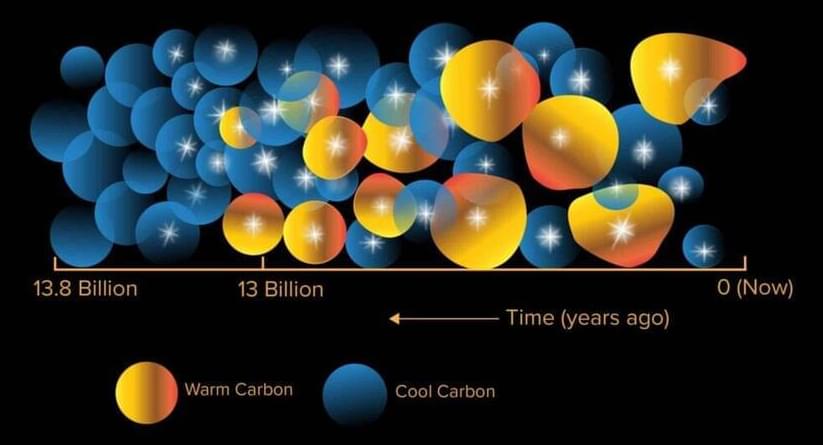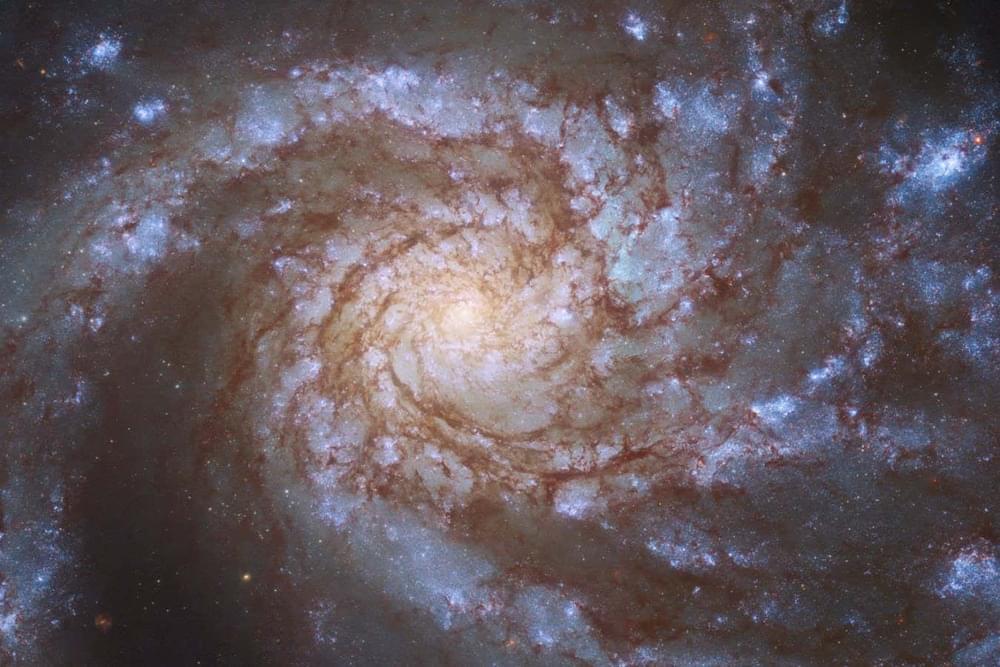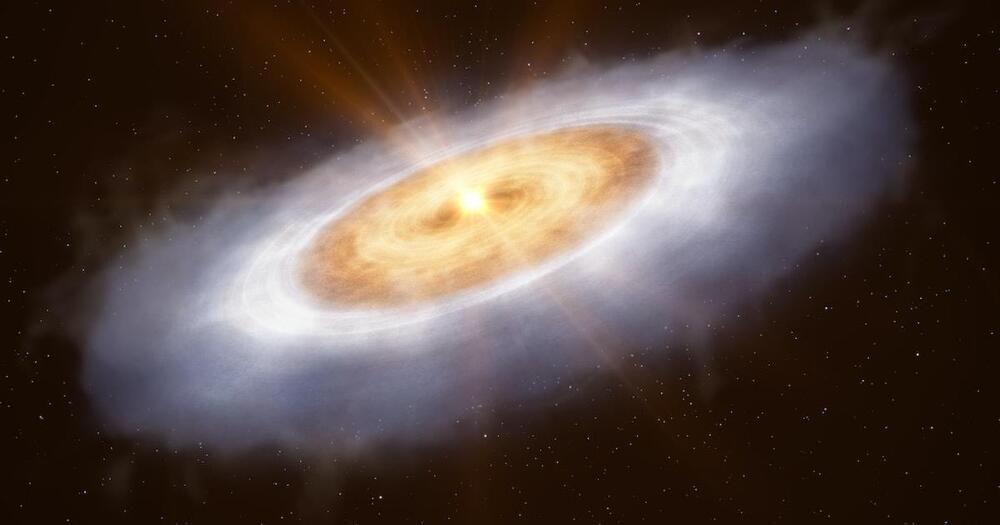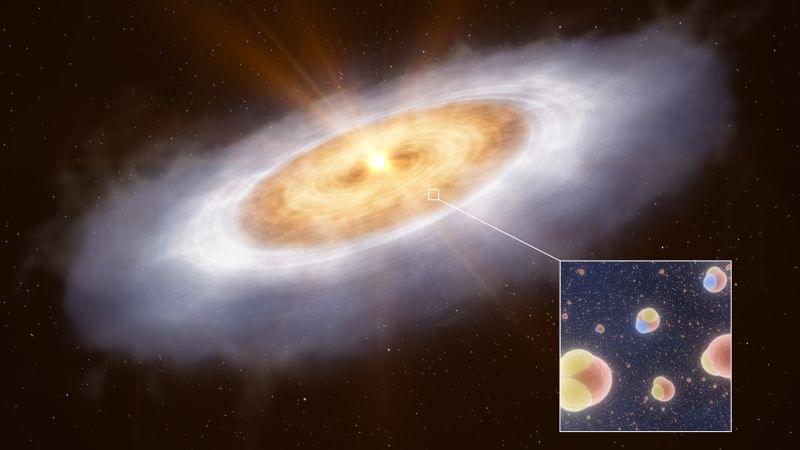Archive for the ‘space’ category: Page 256
Mar 9, 2023
Computer modelling for molecular science — with Sir Richard Catlow
Posted by Jose Ruben Rodriguez Fuentes in categories: bioengineering, computing, genetics, information science, nanotechnology, science, space
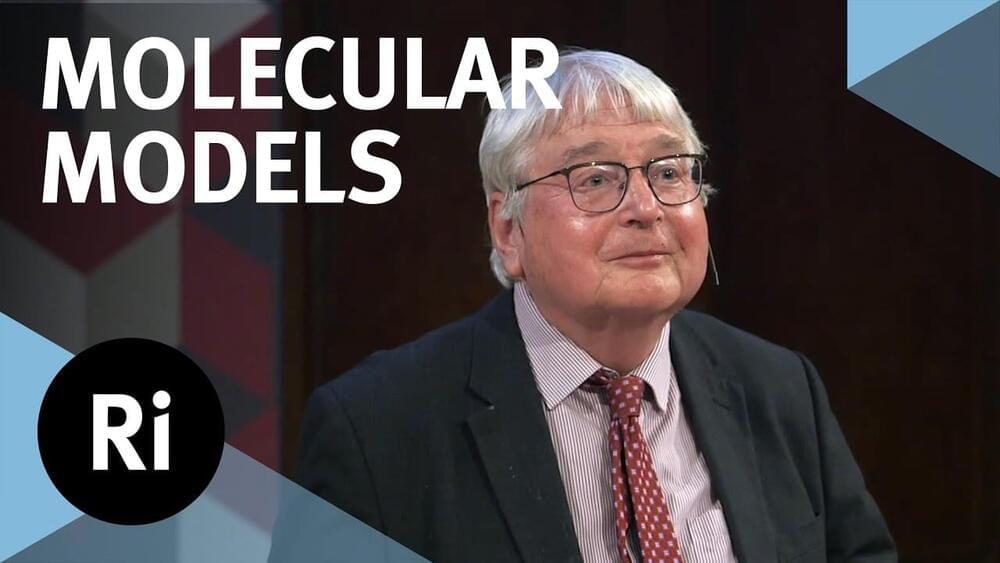
High-performance, realistic computer simulations are crucially important for science and engineering, even allowing scientists to predict how individual molecules will behave.
Watch the Q&A here: https://youtu.be/aRGH5lC0pLc.
Subscribe for regular science videos: http://bit.ly/RiSubscRibe.
Continue reading “Computer modelling for molecular science — with Sir Richard Catlow” »
Mar 9, 2023
Renowned astronomer who discovered Saturn’s largest moon was probably nearsighted, his telescopes show
Posted by Paul Battista in category: space
A new study has revealed that famous Dutch astronomer Christiaan Huygens was probably nearsighted, which explains why his telescopes weren’t quite as good as his rivals’.
Mar 9, 2023
Galaxies’ missing matter may be found — but now there’s too much of it
Posted by Dan Breeden in category: space
Most galaxies seemed to be missing a huge proportion of the matter we expected them to have – now researchers may have found its hiding spot, but the discovery contradicts accepted models of galaxy formation.
By Leah Crane
Mar 8, 2023
Create Stunning Fractal Art with Python: A Tutorial For Beginners
Posted by Jose Ruben Rodriguez Fuentes in categories: robotics/AI, space
The phrase “I’ve never seen anything more beautiful” should only be used for fractals. Sure, there is the Mona Lisa, The Starry Night, and The Birth of Venus (which all have been ruined by AI-generated art, by the way), but I don’t think any artist or human could create anything royally amazing as fractals.
Mar 8, 2023
Astronomers Discover Missing Link: Water on Earth Is Even Older Than Our Sun
Posted by Saúl Morales Rodriguéz in category: space
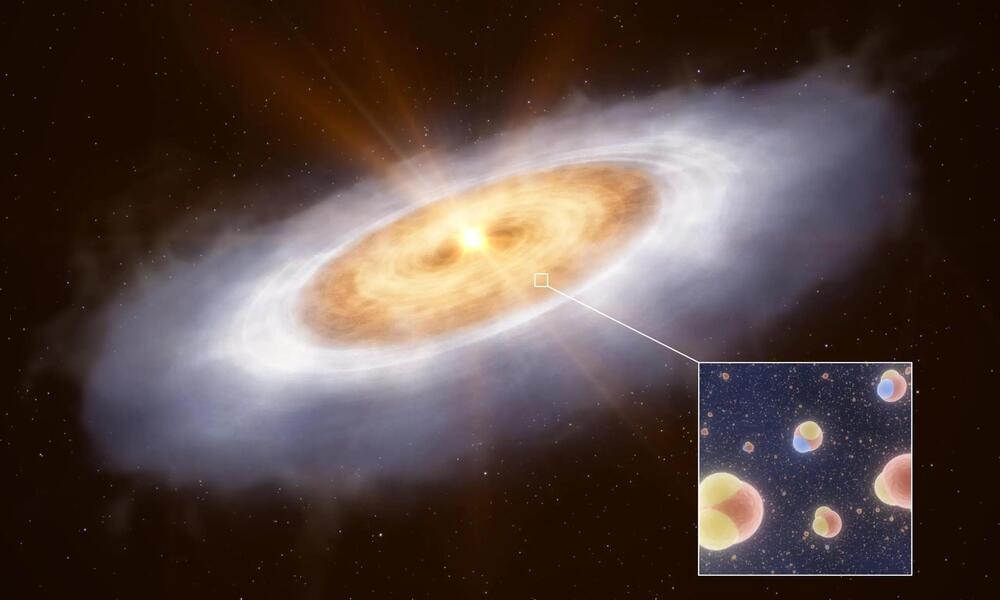
Using the Atacama Large Millimeter/submillimeter Array (ALMA
The Atacama Large Millimeter/submillimeter Array (ALMA) is the largest ground-based facility for observations in the millimeter/submillimeter regime in the world. ALMA comprises 66 high-precision dish antennas of measuring either 12 meters across or 7 meters across and spread over distances of up to 16 kilometers. It is an international partnership between Europe, the United States, Japan, and the Republic of Chile.
Mar 8, 2023
Tracing the history of water in planet formation back to the interstellar medium
Posted by Saúl Morales Rodriguéz in category: space
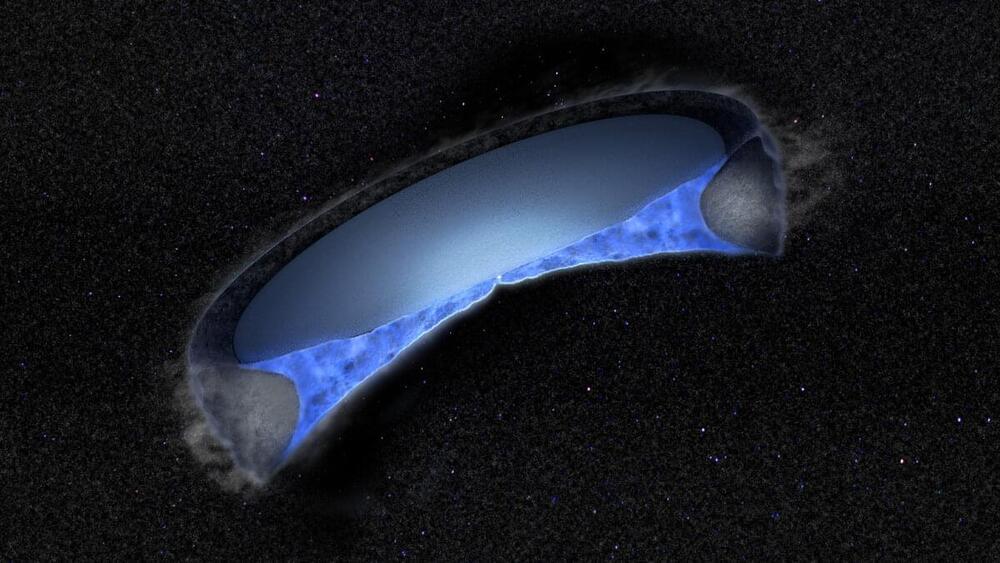
Scientists studying a nearby protostar have detected the presence of water in its circumstellar disk. The new observations made with the Atacama Large Millimeter/submillimeter Array (ALMA) mark the first detection of water being inherited into a protoplanetary disk without significant changes to its composition. These results further suggest that the water in our solar system formed billions of years before the sun. The new observations are published today in Nature.
V883 Orionis is a protostar located roughly 1,305 light-years from Earth in the constellation Orion. The new observations of this protostar have helped scientists to find a probable link between the water in the interstellar medium and the water in our solar system by confirming they have similar composition.
Mar 8, 2023
The Water You’re Drinking Came From Interstellar Space — Study
Posted by Atanas Atanasov in category: space
A recent study suggests most solar systems start with a supply of water that formed in interstellar space.
Mar 8, 2023
Astronomers detect water molecules swirling around a star
Posted by Paul Battista in categories: materials, space
A nearby star system is helping astronomers unravel the mystery of how water appeared in our solar system billions of years ago.
Scientists observed a young star, called V883 Orionis, located 1,300 light-years away using the Atacama Large Millimeter/submillimeter Array of telescopes, or ALMA, in northern Chile.
The star is surrounded by a planet-forming disk of cloud of gas and dust leftover from when the star was born. Eventually, material in the disk comes together to form comets, asteroids and planets over millions of years.
Year 1997 Basically this detailed the use of magnetism to levitate frogs.
When pigs fly? That could be sooner than you think. A group of researchers in the Netherlands and in England has made a frog levitate in a magnetic field. Although the feat might seem no more than a curiosity, researchers say that the floating amphibians may lead the way to a cheap alternative to space-based science experiments.
Many materials are diamagnetic—that is, when placed near a magnet, their atoms fight the magnetic field, and the object tries to scoot away. If such a material is placed in a strong enough magnetic field, it levitates. Superconductors, for example, are perfect diamagnets and can levitate over even weak magnets, which is why levitating trains like those in Japan can fly over the tracks. Organic material like living cells is very weakly diamagnetic, says J. C. Maan, a physicist at the University of Nijmegen in the Netherlands. So he and colleagues employed a very strong magnet (chiefly used for crystallography experiments) to float the frog. It took 16 teslas—a very powerful field indeed—to lift the confused amphibian off the ground.
“It’s a little surprising how easy it is to do this,” says James Brooks, a physicist at the National High Magnetic Field Laboratory in Tallahassee, Florida. “It’s not incredibly exotic equipment. Any scientist who is awake will ask ‘What can I do with this?’” Brooks notes that the magnetic fields might provide a way to study materials in milligravity—without sending them into space—because the levitating object is in a net zero field. Researchers could study the effects of microgravity on crystal growth and also on the growth and development of living cells, without costly space missions.
